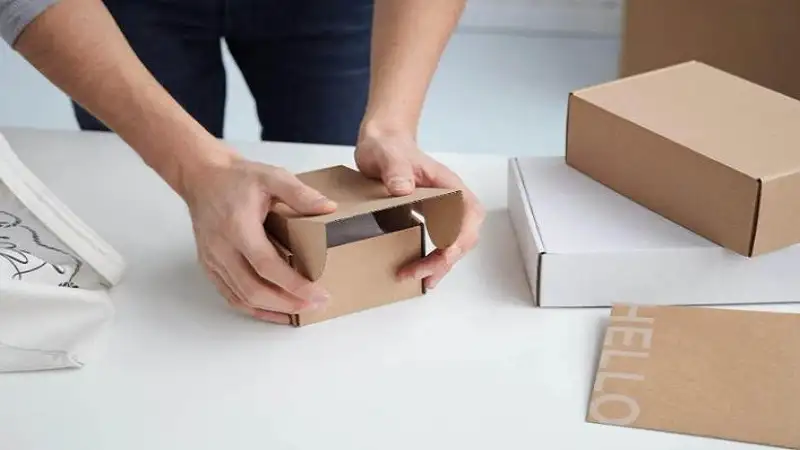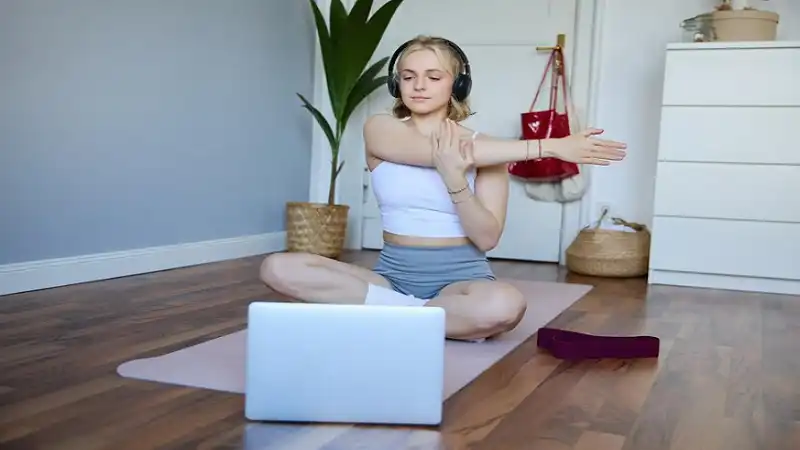In terms of packing, not all products can be packed in standard shapes or measurements, such as box sizes. The product is irregularly shaped and this means that arranging the packaging can be a bit tricky, however, specialized packaging can easily be designed to fit the odd-shaped product provided the right approach is followed. Below is a step-by-step guide on how to measure boxes with unusual shapes for customized packaging services.
Know the Shape and Size of Your Product
However, to measure for custom packaging, you first need to know the shape of the product to be packed. What does it look like – a cylinder, sphere, or any other form? Knowing this will help you decide how to measure it correctly to improve its efficiency and effectiveness.
Gather Your Tools
To measure your product, you’ll need a few basic tools:
- A measuring tool such as a measuring tape or a ruler
- Writing materials such as a piece of paper and a pencil
- A calculator (if needed)
Measure the Longest Dimension
Beginning measurements should include the length of the longest part of your product. This is sometimes known as the length. Arrange your product on a flat surface; do the measurement from one end to the other end of your product. Write this measurement down.
Measure the Width
Subsequently, it is necessary to measure the width of your product. This is the distance parallel to other faces of the product and is the greatest perpendicular distance across the product. This measurement should also be recorded.
Measure the Height
The final measurement to be taken is the height of your product. This is the vertical size of the structure from the ground to the summit. Note this measurement.
Consider Irregular Shapes
It is advisable to take more box measurements into consideration, especially if your product is irregular in shape. For instance, if it contains extensions or recessions, it is advisable to measure these in their own manner. You may also have to measure the circumference if your product is cylindrical in shape.
Sketch Your Product
Taking a picture of the product can also be effective in that you get to see how wide or deep it is in that way making sure that you get all the necessary box measurements. Mark your sketch’s length, width, height, and relevant dimensions.
Selecting Your Preferred Type of Box
There are different types of boxes based on the shape of the end product that you intend to use them for. Here are a few common options: For example, let’s say you need custom boxes for your candle brand. Selecting the right custom box for packaging different types of candles is crucial for both protection and presentation.
Pillar candles are best packaged in rigid, sturdy boxes with custom inserts to ensure they remain upright and secure during transit. It is generally recommended to display tea light candles in compartmentalized boxes, which protect them as well as create an organized and attractive display.
To prevent damage to taper candles, long, slim boxes with supportive inserts that accommodate their length are required. High-quality materials, such as textured or embossed paper, magnetic closures, and custom foam inserts, are ideal for luxury candles. The packaging not only protects the candle but also enhances the unboxing experience, reinforcing the brand’s reputation as a premium brand.
For all your candle packaging needs, custom candle boxes by Blue Box Packaging are the perfect solution with boxes that offer sturdy support for pillar candles and elegant finishes for luxury collections. These options ensure your candles are protected and beautifully presented, enhancing your brand’s image.
- Regular Slotted Container (RSC): These are the normal standard rectangular boxes. They are suitable for regular shapes.
- Full Overlap Container (FOL): These boxes have flaps that fit on top of each other in a way that they cover each other which makes them stronger. They are suitable for large, bulky or delicate articles that require special handling.
- Five-Panel Folder (FPF): They come in a five-panel box and can accommodate long or flat items well due to their unique shape.
- Telescope Boxes: These have a top and bottom that interlock to make a better protective case, especially for delicate products.
Include Extra Lengths for Cushioning
You should always include additional space in the drawing for the padding materials. This helps in protecting your product from damage as it is shipped to its destinations. The materials that are frequently used for padding are bubbles, foams, peanuts, or any other polyethylene packing material.
Determine your Internal Box Dimensions
After getting the box measurements of your product, take the dimensions of your box into consideration. Subtract a few inches from each of the measurements to make the space for padding. For instance, let your product have external dimensions of 10 inches by 5 inches by 4 inches; you may decide to increase the first dimension by 2 inches making your box have dimensions of 12 inches by 7 inches by 6 inches.
Choose the Right Material
The material that the box is made of has to be vital in protecting your product from being damaged. Common materials include:
- Corrugated Cardboard: This material is very rigid and is suitable for most products with different applications.
- Rigid Boxes: These are robust, and they are mainly applied to luxuries.
- Folding Cartons: These are light type and commonly found with less weight products.
Consider Custom Inserts
Using form-fitting inserts produced from foam, cardboard, or other materials works well if the product is irregularly shaped. They help in gripping your product firmly and do not allow it to shift during the transportation period.
Conclusion
Measuring odd-shaped boxes for packaging may look complicated due to their irregular shapes but with a systematic approach then it is achievable. It is important to know the dimensions of your product, to select the right type of box and material, and to ponder about custom inserts while designing a package. If you adhere to these rules, your products will be protected and will look professional, which is great for the overall perception of your brand and customers.



